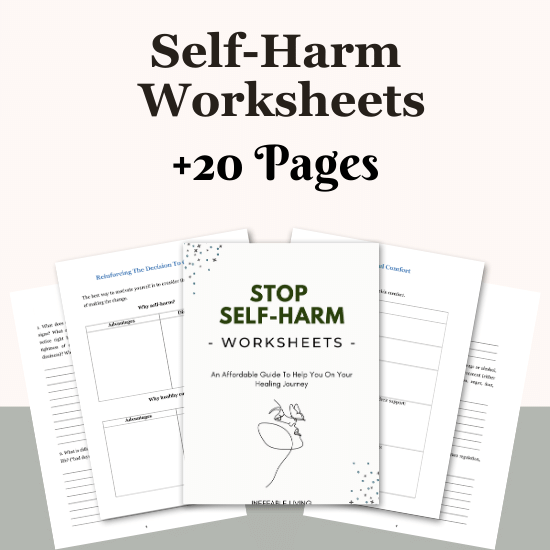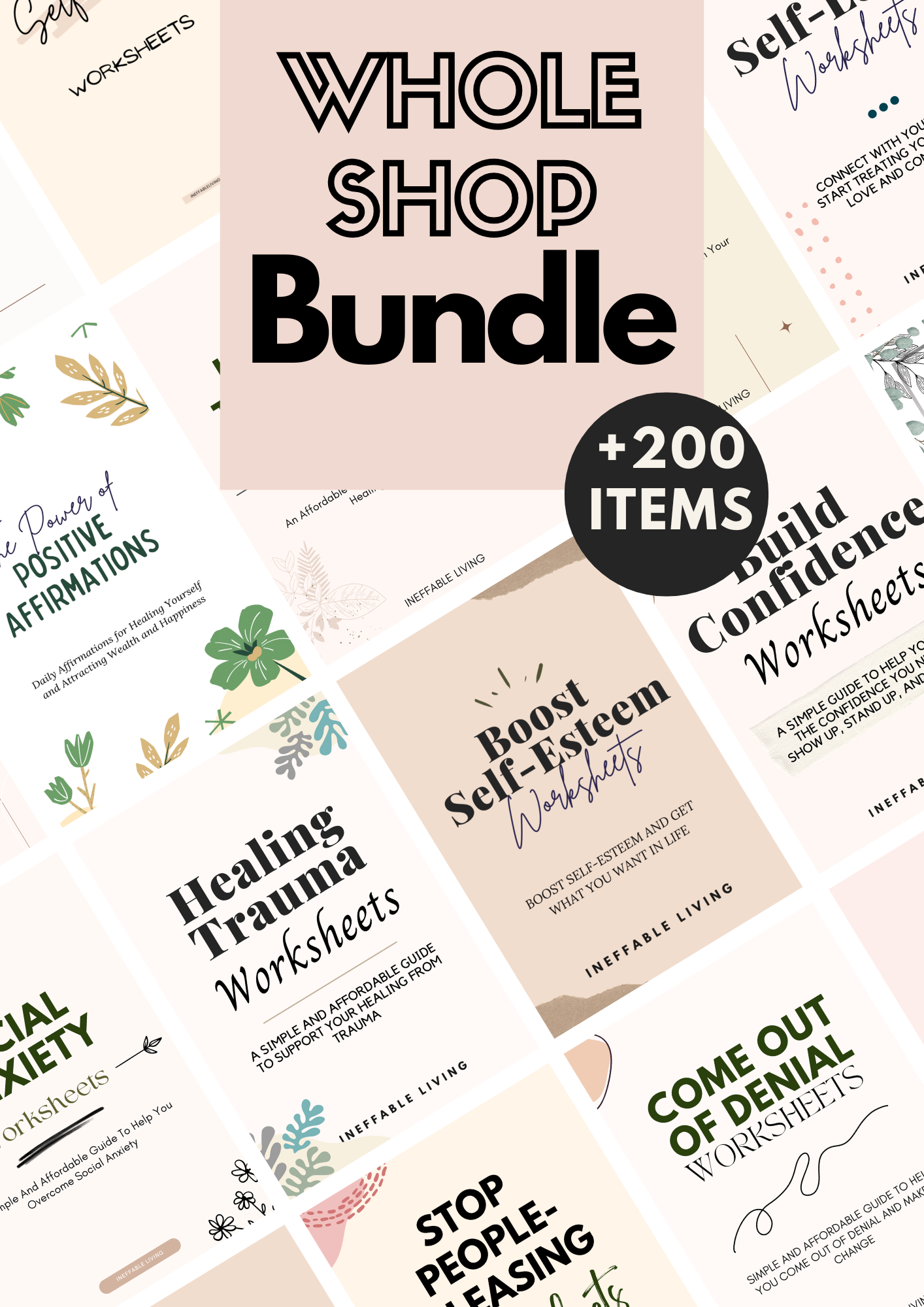1. Reflect on the emotions or experiences that typically precede urges to self-harm. What feelings, thoughts, or situations tend to trigger these urges, and how do they manifest in your life?
2. Explore the underlying reasons or purposes behind your self-harm behaviors. What needs or emotions are you attempting to address or cope with through self-harm?
3. Reflect on any past experiences, traumas, or significant events that may have contributed to the development of self-harm tendencies. How have these experiences impacted your relationship with yourself and others?
4. Identify any recurring negative thought patterns or beliefs that contribute to the urge to self-harm. How do these thoughts influence your self-perception and emotional well-being?
5. Consider the impact of self-harm on your physical and emotional health. How does engaging in self-harm behaviors affect your overall well-being, and what are the short-term and long-term consequences?
6. Explore alternative coping strategies or self-soothing techniques that could serve as healthier substitutes for self-harm. What activities, practices, or forms of support could help you manage difficult emotions in a constructive manner?
7. Reflect on your support system and the individuals you feel comfortable confiding in about your struggles with self-harm. What types of support or understanding do you need from others, and how can you communicate your needs effectively?
8. Consider the role of self-compassion and self-care in your journey towards healing from self-harm. What actions or practices can you incorporate into your daily life to nurture and prioritize your well-being?
9. Visualize a future in which you have developed healthier coping mechanisms and reduced the frequency of self-harm urges. What steps can you take to move closer to this vision, and what obstacles might you encounter along the way?
Self-Harm Worksheets





